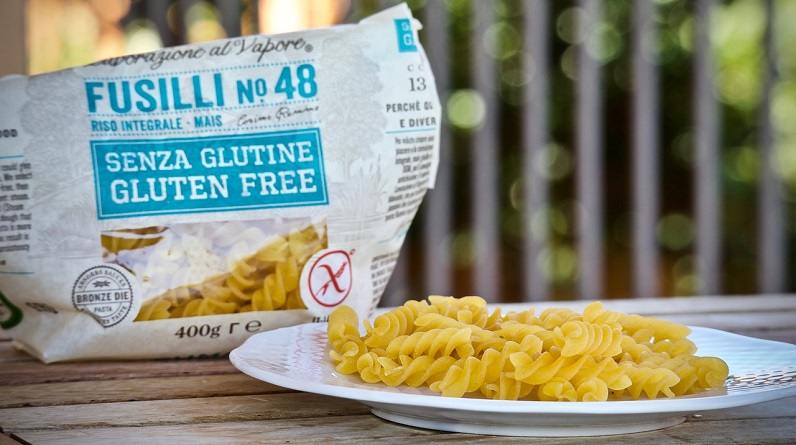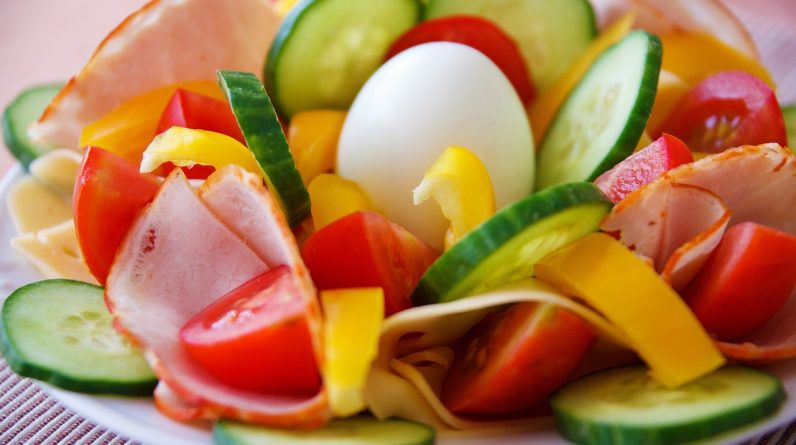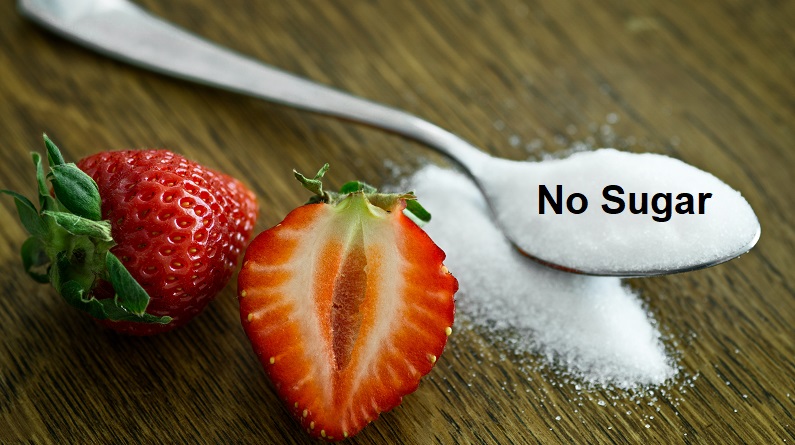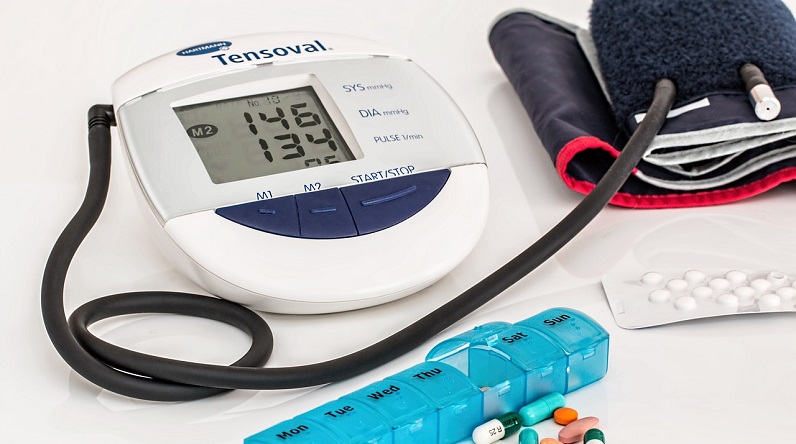
Gluten-Free Diets for Beginners
Gluten-free diets have become increasingly popular in recent years, but what exactly is gluten, and why do some people choose to avoid it? In this blog post, we’ll cover the basics of a gluten-free diet and provide tips for beginners.
What is gluten?
Gluten is a protein found in wheat, barley, and rye. It’s also found in many processed foods, such as bread, pasta, and baked goods. For most people, gluten is not a problem. However, for some, consuming gluten can cause health issues, such as celiac disease, gluten sensitivity, or wheat allergy.
Celiac disease is an autoimmune disorder that affects about 1% of the population. People with celiac disease cannot tolerate gluten, and consuming even small amounts can damage the lining of their small intestine.
Gluten sensitivity is a condition in which people experience symptoms similar to celiac disease when they consume gluten, but do not test positive for the disease. Wheat allergy is a rare condition in which the body’s immune system overreacts to proteins in wheat.
Why go gluten-free?
If you have celiac disease, gluten sensitivity, or wheat allergy, you must avoid gluten to prevent symptoms and complications. But even if you don’t have one of these conditions, you may choose to follow a gluten-free diet for other reasons, such as:
- To alleviate digestive issues: Some people find that avoiding gluten helps with bloating, gas, and other digestive issues.
- To improve overall health: Cutting out gluten can lead to a diet higher in fruits, vegetables, and whole grains, which can improve overall health and reduce the risk of chronic diseases.
- To try something new: Some people may try a gluten-free diet simply as a way to try something new or experiment with different types of food.
Tips for going gluten-free diet for beginners
If you’re considering a gluten-free diet, here are some tips for getting started:
- Learn which foods contain gluten – It’s important to learn which foods are naturally gluten-free and which foods to avoid. Foods that typically contain gluten include bread, pasta, cereal, and baked goods.
- Read labels – Many processed foods contain gluten, so it’s important to read labels carefully. Look for products labeled “gluten-free” or “certified gluten-free.”
- Focus on whole foods – Choose foods that are naturally gluten-free, such as fruits, vegetables, lean proteins, and whole grains like rice, quinoa, and corn.
- Experiment with gluten-free alternatives – There are many gluten-free alternatives available, such as gluten-free pasta, bread, and flour.
- Consult with a healthcare professional – If you suspect you have celiac disease or gluten sensitivity, consult with a healthcare professional before starting a gluten-free diet.
In conclusion, a gluten-free diet can be a healthy choice for some people, but it’s important to learn the basics and make informed decisions. By following the tips above, you can make a smooth transition to a gluten-free lifestyle. Hope you find this blog on Gluten-free diets for beginners informative.
#glutenfree #celiac #healthyeating #nutrition #wholefoods #glutenfreediet #glutenintolerance







